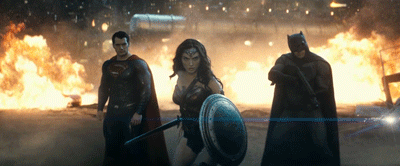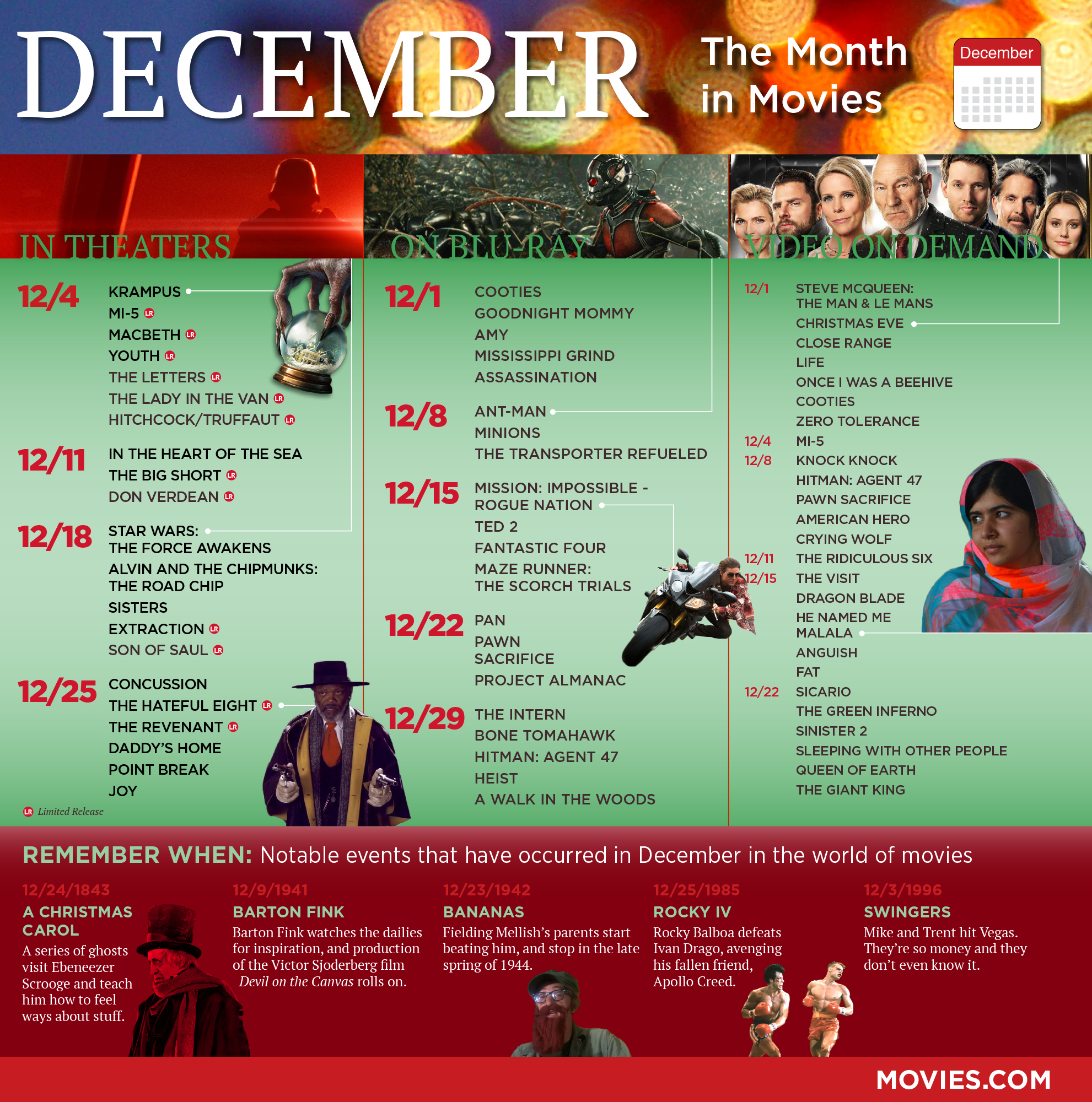Best of the Week: New 'Batman v Superman' Trailer, 'Captain America: Civil Wars' Images and More
The Important News
Marvel Madness: Entertainment Weekly gave us a new image from Captain America: Civil War. Stephany Folsom will write the screenplay for Thor: Ragnarok.
Star Wars Mania: Lin-Manuel Miranda co-wrote music for a Star Wars: The Force Awakens cantina scene.
Franchise Fever: Michael B. Jordan wants to return for Rocky/Creed movies. Universal’s Wolf Man installment for its new monsters franchise will arrive in March 2018. The next Friday the 13th movie got a new screenwriter.
Sequelitis: Gremlins 3 is still happening and will be set 30 years later. Christopher McQuarrie will return to direct Mission: Impossible 6. Adam McKay revealed ideas for Anchorman 3 and Talladega Nights 2.
New Directors/New Films: Ron Howard will direct The Girl Before. Jason Priestley is directing a Phil Hartman biopic. Barbara Streisand is directing a Catherine the Great biopic.
Casting Net: Reese Witherspoon is developing and might star in a Barbie doll origin story movie.
Box Office: Creed had the best opening of the Rocky franchise.
Reel TV: Fox picked up Sylvester Stallone’s new Rambo TV series.
Festival Fare: Sundance revealed its competition program for the 2016 festival.
Awards Seasoning: The National Board of Review named Mad Max: Fury Road the best movie of the year. The Academy Awards revealed this year’s documentary feature shortlist.
The Videos and Geek Stuff
New Movie Trailers: Batman v Superman: Dawn of Justice, The Nice Guys, Ride Along 2, I Saw the Light, Kickboxer: Vengeance and Exposed.
TV Spots: The Revenant.
Movie Clips: Batman v Superman: Dawn of Justice.
Watch: Behind-the-scenes featurette on Anomalisa. And a featurette from the new Marvel Cinematic Universe box set.
Learn: Why Han Solo might be a time traveler.
Watch: Amy Poehler and Tina Fey parody Star Wars: The Force Awakens.
Meet: The Star Wars: The Force Awakens character inspired by a dying fan.
Learn: How to avoid Star Wars: The Force Awakens spoilers on the internet.
See: Neil deGrasse Tyson explain his preference for Star Trek over Star Wars.
Watch: The Star Wars movies recapped. And recapped again a different way.
See: The Alamo Drafthouse modeled after the Death Star. And the abandoned original Star Wars sets before they’re destroyed.
Watch: Tom Hanks discusses the challenges of voicing Toy Story‘s Woody.
Learn: A new dance from Alvin and the Chipmunks: The Road Chip.
Watch: The Angry Birds Movie wishes you season’s greetings.
See: Chris Pratt and Dave Bautista’s Guardians of the Galaxy screen tests.
Watch: Movie characters cover Adele’s “Hello.”
Learn: How Peter Jackson is trying to save one man’s life.
See: The best new movie posters of the week. And some old school style Star Wars: The Force Awakens posters. And a new Deadpool poster.
Our Features
Monthly Movie Guide: See our December Movies Calendar above.
Star Wars Recap: We break out all the worthwhile Star Wars news from the past week.
Movie-Based TV Guide: Everything you need to know about upcoming TV shows based on movies.
Marvel TV Guide: How Jessica Jones promotes a B-list character to the A-list.
Comic Book Movie Guide: Get to know Doomsday, the villain of Batman v Superman: Dawn of Justice.
Geek Movie Guide: 5 questions we have after watching the Batman v Superman: Dawn of Justice trailer.
Sci-Fi Movie Guide: Why it’s time for a Fallout movie.
R.I.P.: We remembered the reel-important people who died in November.
Home Viewing: Here’s our guide to everything hitting VOD this week. And here’s our guide to everything hitting Netflix Watch Instantly this month. And here’s our guide to the best holiday DVDs for this season.
and
MORE FROM AROUND THE WEB:
This entry passed through the Full-Text RSS service – if this is your content and you’re reading it on someone else’s site, please read the FAQ at fivefilters.org/content-only/faq.php#publishers.







